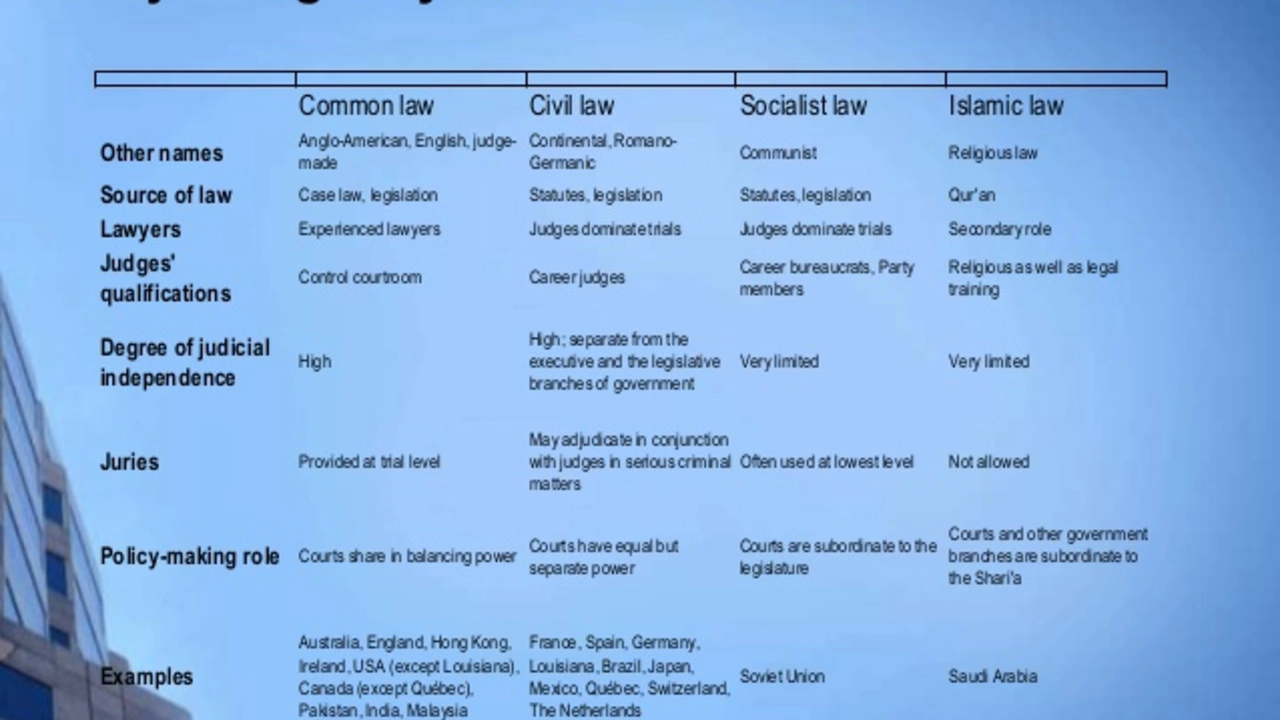Sports Analysis
When talking about Sports Analysis, the systematic study of sports trends, economics, and fan behavior, you’re really looking at a toolbox for understanding why games matter beyond the scores. NFLPA, the National Football League Players Association, represents all NFL players in collective bargaining is a perfect case study because its bargaining power directly shapes contract guarantees and retirement benefits. Meanwhile, the Super Bowl, the NFL’s championship game that draws the biggest TV audience each year offers a live laboratory for watching how fan engagement shifts when younger viewers migrate to streaming platforms. In short, Sports Analysis encompasses player‑union dynamics, event‑level viewership data, and the broader economic forces that drive the sports world.
Key Topics Covered
Another core player unions, organizations that negotiate wages, health benefits, and working conditions for athletes shape the balance of power across the four major leagues, from the NBA to MLB. When a union secures guaranteed contracts, it changes the league’s salary cap calculations and influences free‑agency markets. At the same time, viewership trends, patterns showing how and where fans watch sports content over time reveal that traditional TV ratings are slipping while digital platforms surge, especially among Gen Z. This shift forces leagues to rethink broadcast deals, ad pricing, and even game‑day scheduling. Understanding these relationships helps you see why a weaker union can still drive major policy changes, and how a marquee event like the Super Bowl can lose younger fans without adapting its format.
Our curated collection dives deep into these angles, giving you real‑world examples, data points, and actionable takeaways. Whether you’re curious about why the Sports Analysis of player contracts matters or how viewership habits reshape the biggest sporting spectacles, the articles below will break it down in plain language. Explore the insights and see how each piece fits into the larger puzzle of modern sports economics and fan culture.
Why is the NFLPA the weakest union of the four major sports?
In my latest piece, I explore why the NFLPA (National Football League Players Association) is often considered the weakest union among the four major sports. It's been widely debated that they have less bargaining power and economic stability compared to their counterparts. This is partially due to non-guaranteed contracts and shorter career spans that NFL players face, which limit their negotiating leverage. Furthermore, the union's difficulty in achieving pension and healthcare benefits on par with other sports unions is a glaring issue. It's a complex situation that requires a deep dive to fully understand.
Why is the Super Bowl losing so many younger viewers?
It seems like the Super Bowl just isn't pulling in the younger crowd like it used to. A lot of this downturn is credited to the digital age we're living in, where younger viewers are more likely to stream content online rather than tune in to traditional TV. Plus, with so many entertainment options at their fingertips, attention spans are dwindling. The game's lengthy runtime could also be a factor, as it doesn't align well with the fast-paced media consumption habits of today's youth. Lastly, many younger viewers are becoming more socially conscious, and the NFL's recent controversies might be turning them off.

